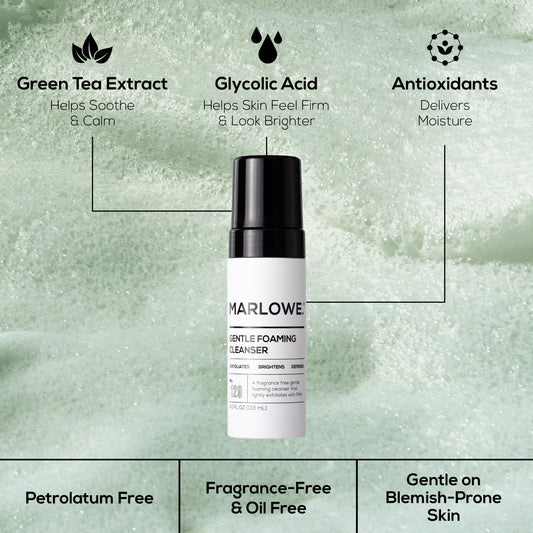
Skin 101: Everything You Need to Know About the Largest Organ in your Body
Share
Your skin is basically your hero. It does it all, and extremely well. Skin is your body’s largest organ, it protects your body from invasion by microorganisms, and from losing necessary fluids and drying out. The outside world has no chance with the network of nerves that make up this exquisite sensory organ. Along with touch, skin adheres to many other vital functions like regulating body temperature, and allowing the exchange of warmth, air, and fluids. Skin is on a 24/7 shift.
There’s 3 layers to the madness: epidermis, dermis, and hypodermis.
Epidermis: It’s the layer you can see. The epidermis is responsible for the sensory nerves and contains melanocyte cells, which give your skin its unique color. Passing substances in and out of the body, building keratin-filled cells for durability, and renewing the skin through cycles of shedding and rebuilding are all part of the epidermis’s job through its five sublayers.
Dermis: The thickest. Some of its main functions include temperature regulation, giving the epidermis nutrient-saturated blood, and containing specialized cells and structures. The dermis is held together by collagen, which is a durable, insoluble protein in connective tissue. It is synthesized by cells called fibroblasts which give skin its strength and resilient powers. Elastin is another protein in the dermis that that gives your skin its back bounce and flexibility.
Hypodermis: Collagen and fat producing cells reside here. Absorbs shock and insulates your skin. Also, it serves as the passageway for skin blood and lymph vessels, nerves, and hair follicles.
Now that you know how vital your skin is to your body, and the tight schedule it runs, maintenance and grooming should be nothing but a thang!









